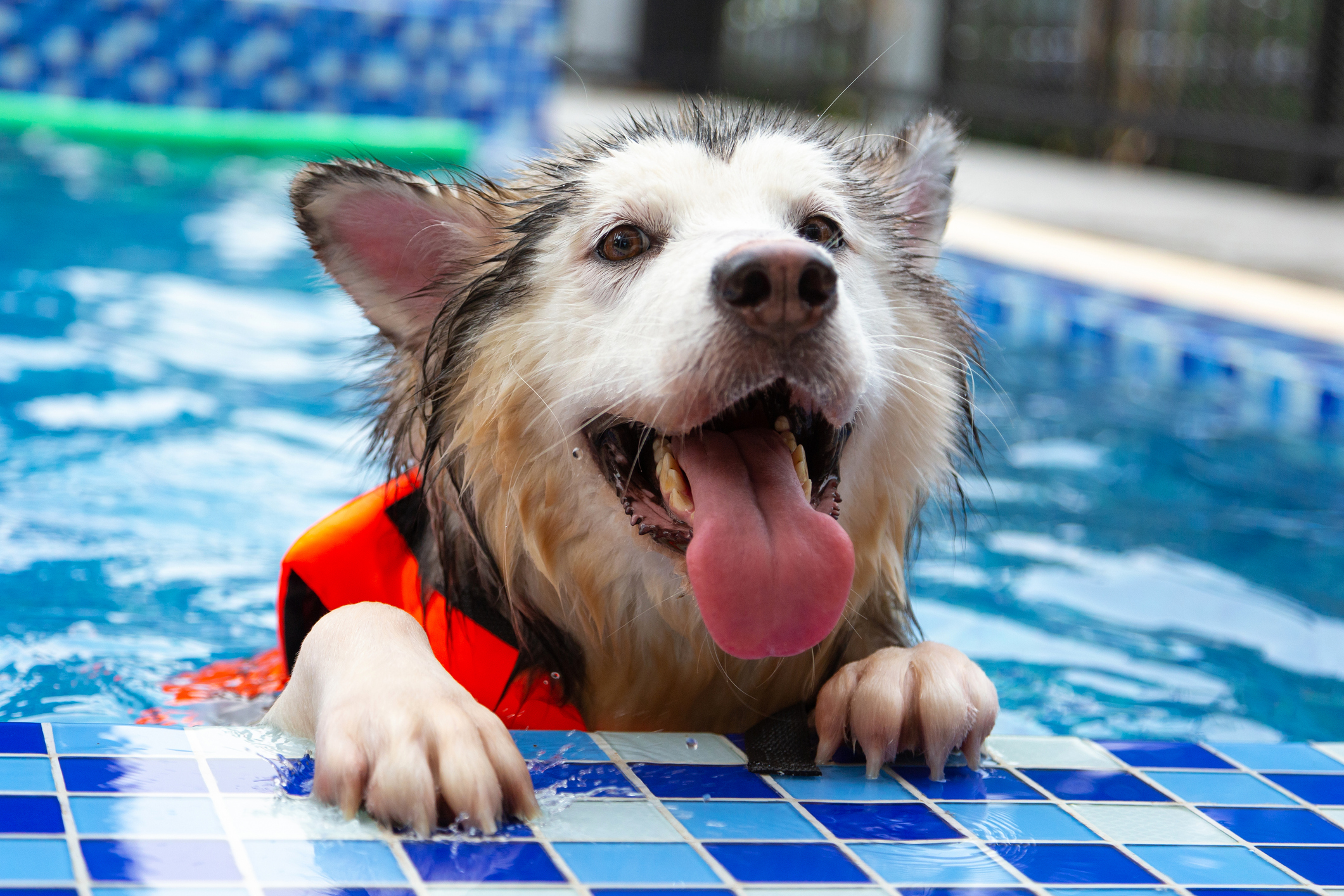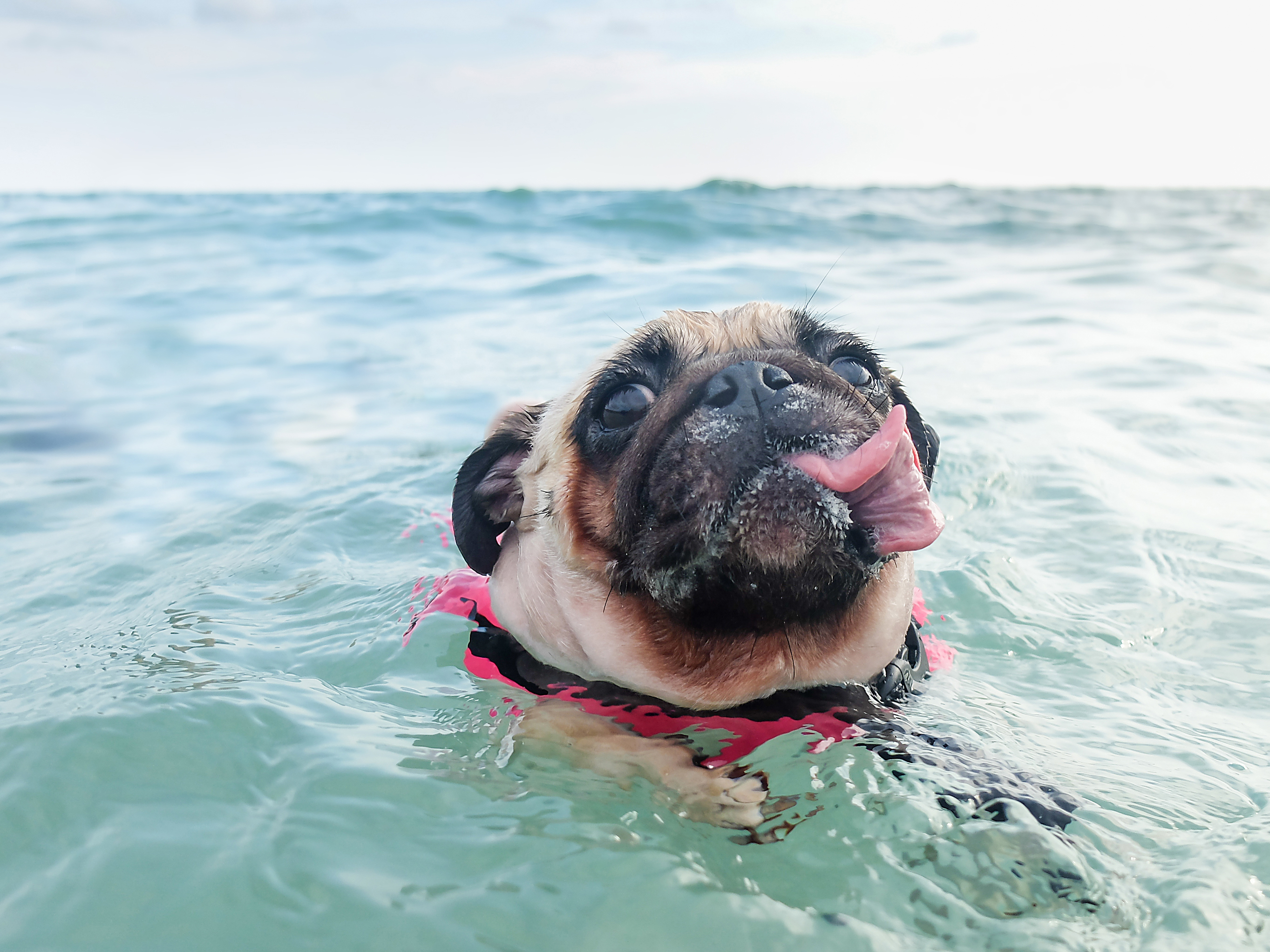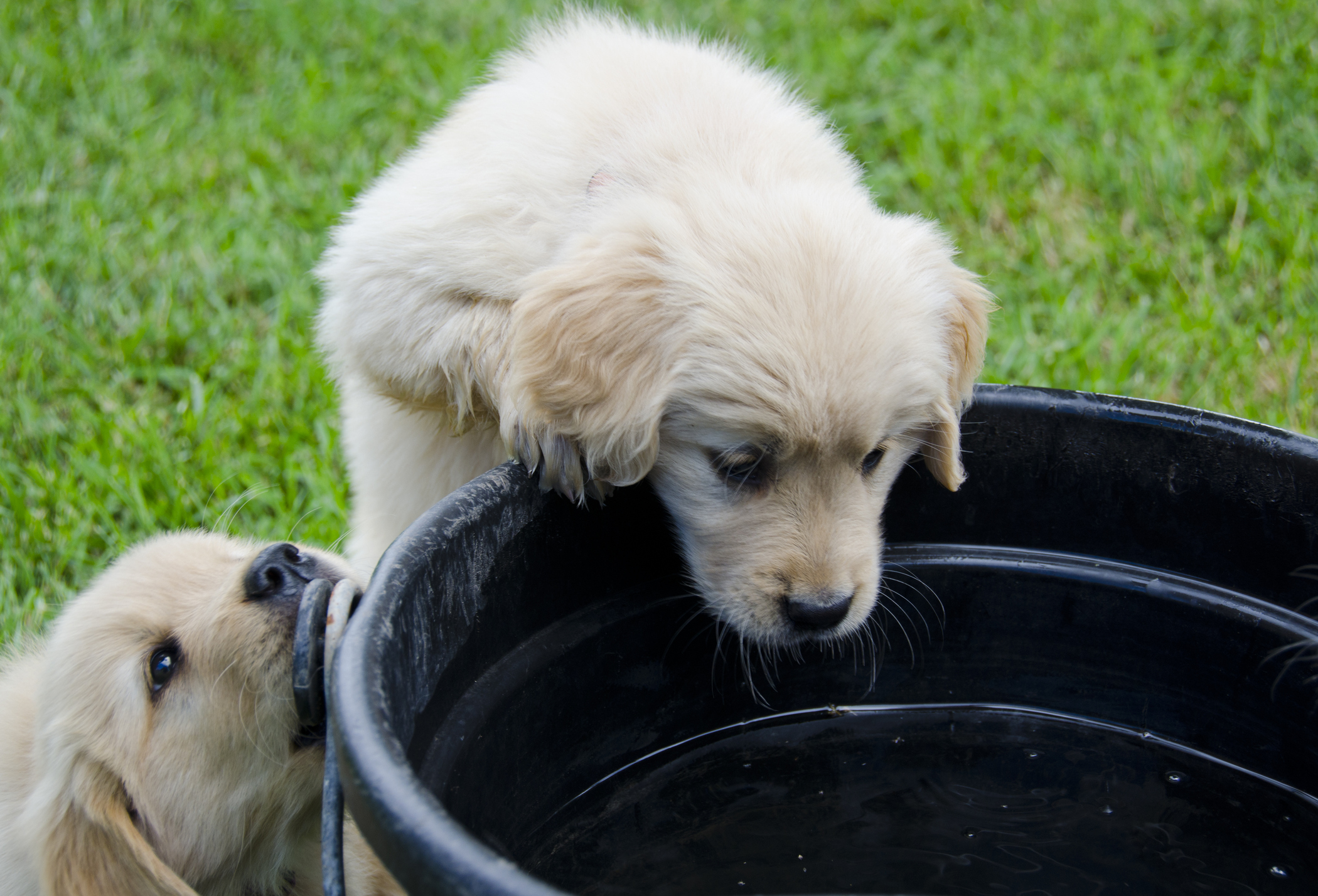Can Dogs Drown? Keeping Your Dog Safe Around Water
Doctor of Veterinary Medicine

While efforts are made to answer all questions as quickly as possible, if an immediate answer is required or if your pet is in need of urgent or emergency care, contact your pet's veterinarian immediately.
Doctor of Veterinary Medicine

You will receive an answer from Dr. Lindsay and our vet/tech team as soon as possible, usually the same day.
All answers are provided for informational or educational purposes only, and are intended to be a supplement to, and not a substitute for, the expertise and professional judgment of your pet's veterinarian.
It may be necessary to consult your pet's veterinarian regarding the applicability of any opinions or recommendations with respect to your pet's symptoms or medical condition.
CloseDoctor of Veterinary Medicine

An error has occurred, please reload the page and try again.
CloseDoctor of Veterinary Medicine

While efforts are made to answer all questions as quickly as possible, if an immediate answer is required or if your pet is in need of urgent or emergency care, contact your pet's veterinarian immediately.
There is no answer related to your question

According to the Pool Safety Network, over 5000 pets drown in swimming pools yearly. Thousands more die in drowning incidents in lakes, streams, in the ocean, and in other bodies of water.
Not all dogs are natural swimmers. Also, those that take like a duck to the water can still be at risk of drowning. That said, spending time in and around water is still one of the best ways to beat the summer heat. Just remember to protect your dog with these water safety tips.
What Happens When A Dog Drowns?
Drowning describes a fatal incident in which water has entered the lungs. Most pet parents understand what "drowning" means, but many of us take for granted how quickly and easily it can happen.
A puppy or dog can drown in as little as four inches of water. Puppies, in particular, have been known to drown in buckets, water bowls, toilets, and kiddy pools. Dogs can also drown in pools, lakes, bathtubs, and ponds.
The time it takes for a dog to drown varies depending on their ability to swim, the water temperature, and the chemical composition of the water.
If the dog knows how to swim, they may paddle for about ten minutes before succumbing to exhaustion and sinking below the surface. Other dogs panic and may drown almost immediately.
Once submerged, it takes less than two minutes for brain damage and organ failure to occur. Even if your dog is rescued and resuscitated, they will need emergency veterinary care to treat potentially life-threatening complications, which can happen up to 48 hours after a near-drowning incident.
Secondary Drowning in Dogs
Emergency veterinary treatment is critical if your pet is underwater for even just 45 seconds. Even if your pet did not become unconscious, even if they were resuscitated, and even if they are not showing any symptoms, they can be susceptible to secondary drowning.
Secondary drowning can occur within 48 hours following a near-drowning episode. When water enters the lungs, it can trigger inflammation, fluid accumulation, and pneumonia. These conditions can compromise the lungs' capacity to supply oxygen to the blood, potentially resulting in organ failure and death.
Signs of secondary drowning include coughing, trouble breathing, and extreme lethargy. If you notice any of these symptoms after a near-drowning incident, or your dog seems fine but spent even just 45 seconds underwater, seek emergency veterinary care immediately.
No, Not All Dogs Can Swim

Brachycephalic (flat-nosed) breeds, like the Pug, may be more susceptible to drowning.
Many pet parents think that all dogs are born knowing how to swim - and this is a common, dangerous misconception.
Your dog may paddle their front paws when they're submerged, or even paddle in the air when you hold them over the water. But this "doggy paddle" motion is an instinctive reflex that only may help a dog stay above water or make it to dry land before drowning.
And while dogs, like other animals, are equipped with a mammalian diving reflex, which means they can hold their breath underwater, they can still drown in seconds if they do not know how to swim.
Despite their survival reflexes, a dog can drown if they're in a state of panic, in pain, or exhausted. Drowning can happen to any dog, even those that are normally experienced, confident swimmers.
How To Protect Your Dog From Drowning

Even small bodies of water, like a bucket, can pose a drowning risk for dogs and puppies.
Water is all around us, and whether your dog likes to swim or not, they should be protected from drowning with multiple layers of precautions.
First, make sure your dog never has unattended access to water. If you have a pool or hot tub, you should have a gate or cover your dog cannot climb or push through. You may add a safety ramp that your dog may use to climb out if they ever do end up in the pool unattended.
Though less common, keep in mind that dogs can drown in relatively small bodies of water. Puppies have drowned in mop buckets, water bowls, bathtubs, kiddie pools, and toilets.
Second, consider teaching your dog to swim. For certain breeds, including Retrievers and Poodles, swimming may seem to come naturally. Even so, start slowly with shallow bodies of water and always supervise your dog when they swim.
Keep in mind that some dogs simply hate water. Giving your dog opportunities to swim may increase their confidence over time. They may be less likely to panic if they ever fall into a body of water, potentially lowering their risk of drowning. But it's absolutely fine if your dog simply does not like to swim.
Many dogs fall somewhere in between. They may be anxious about swimming at first, but may eventually enjoy it.
Do your best to make swimming a positive experience for your dog. Never pull your dog into the water or otherwise force them to go in. Stick to the shoreline or the shallow end of the pool, using treats and floating pool toys for dogs to encourage your dog to explore.
Most importantly, all dogs should be supervised at all times around water.
VISION
Every pet deserves to live a long, happy, healthy life.
 Swipe
Swipe


















